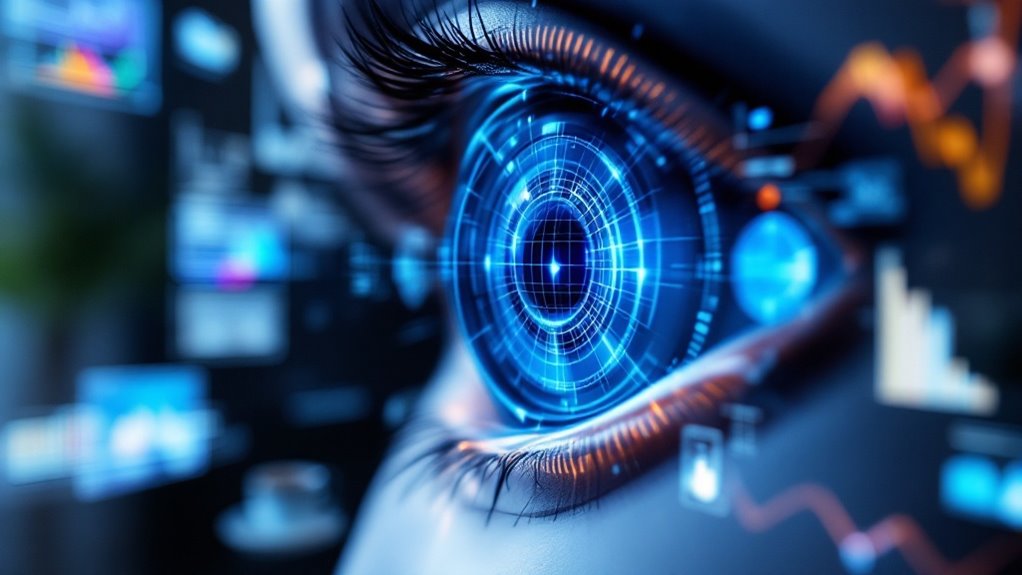Neural networks aren’t just for sci-fi movies—they power your favorite streaming recommendations and somehow know when you want pizza emojis. Think layers of “neurons” passing data along, each fiddling with numbers to spot weirdly specific patterns, like cat memes or fishy credit charges. They learn as they go, shaving off mistakes using tricks like backpropagation—kind of like students cramming for finals, but with better memory. Curious how these digital brains actually *learn*? Stick around for the secret sauce.
Even if you’re not a closet robot enthusiast or the type who names their Roomba, neural networks have probably touched your life—behind the scenes, of course, like the wizard in Oz. Whether it’s your phone guessing your next word, Netflix recommending a suspiciously accurate rom-com, or your bank flagging that “totally normal” 3 a.m. purchase, neural networks are lurking in the digital background, crunching numbers and spotting patterns.
At their core, neural networks are organized chaos—layers of neurons (not the brain kind, sorry) arranged into input, hidden, and output layers. The input layer is like the welcome mat, receiving raw data and translating it into numbers, each neuron representing a single feature. The output layer is problem-specific and produces the final predictions based on the model’s learnings.
Hidden layers are the real workhorses, performing computations by passing signals through weighted connections. Think of these as bouncers at a club, letting through only the most relevant features. The output layer, finally, spits out predictions or classifications—like “cat,” “dog,” or “definitely not a cat.” A key to neural network success is the learning of abstract representations, which allows the network to handle complex tasks far beyond simple pattern recognition.
Neurons themselves are simple little math machines. Each one:
- Receives input from the previous layer,
- Multiplies it by a weight (learned during training),
- Adds a bias (a little nudge for flexibility),
- Passes it through an activation function (to introduce much-needed non-linearity, because real life isn’t linear and neither are memes).
Types of neural networks? Oh, there’s a lineup. Feedforward networks only move forward, like a conveyor belt. Recurrent neural networks double back, handling sequences (think language translation or predicting the next plot twist in a soap opera).
Convolutional neural networks (CNNs), the darlings of image recognition, use convolutional and pooling layers to spot shapes, edges, and, occasionally, celebrity lookalikes.
Hyperparameters—the settings you tweak before training—control how these networks behave. Learning rate, layer sizes, batch size… mess these up and you’ll get a model that either overthinks everything or can’t remember what it had for breakfast.
Training? It’s all about making those weights and biases behave, using backpropagation and gradient descent until the loss function (a measure of wrongness) is minimized. Just don’t expect perfection; even neural nets have off days.









